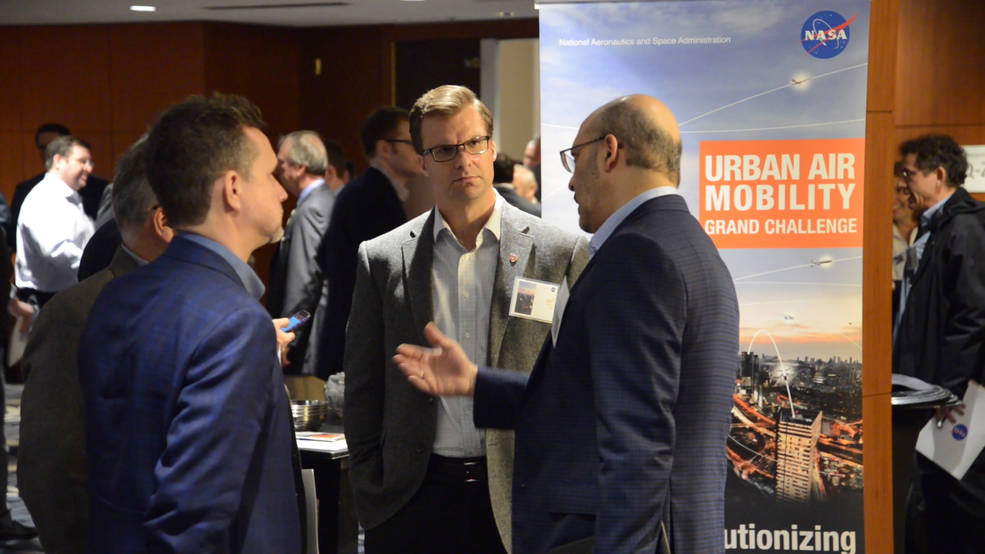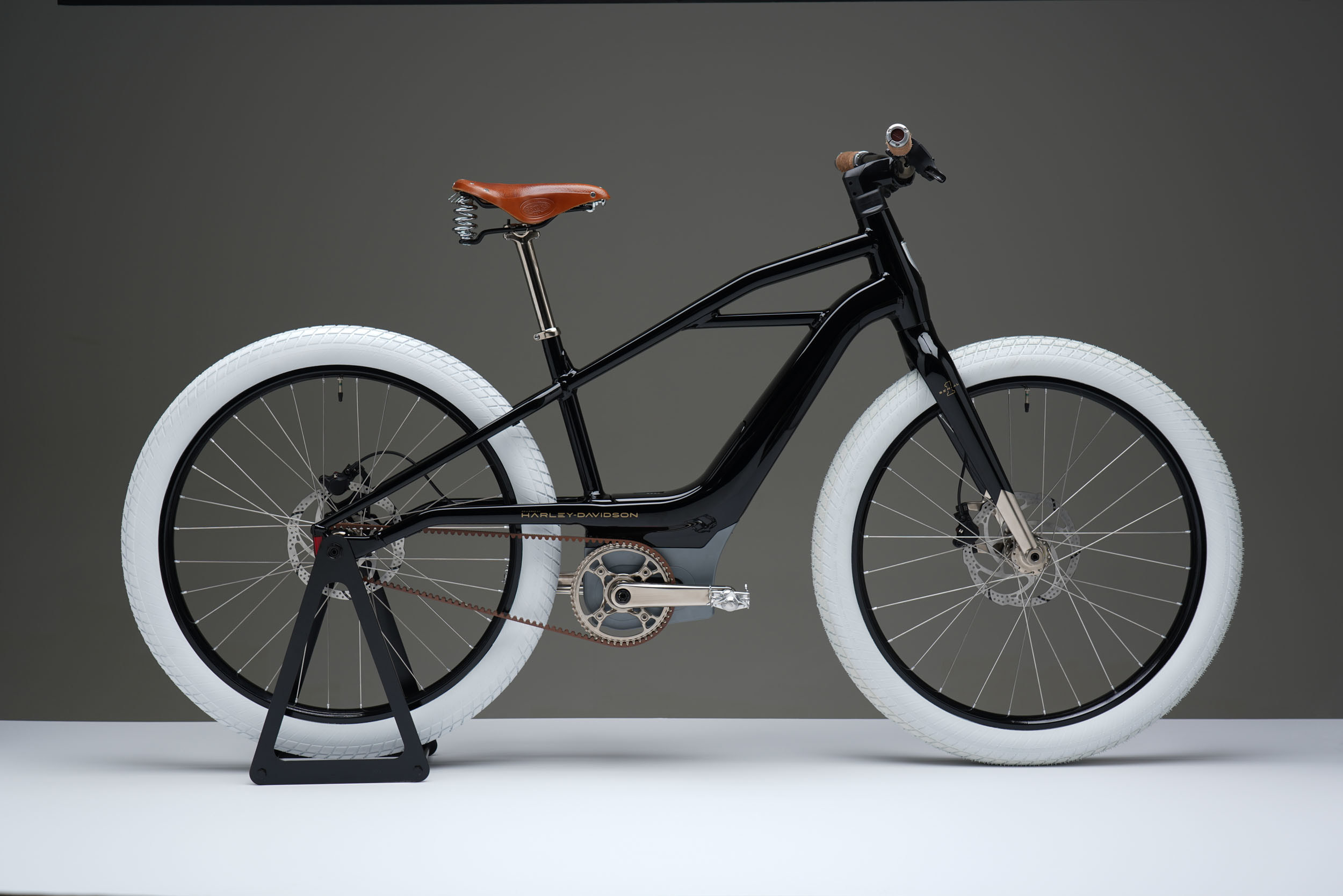NASA Leads Urban Air Mobility ‘Grand Challenge’ Discussion with Industry

NASA officials welcomed more than 400 participants with a stake in the future of Urban Air Mobility (UAM) to Seattle last week for a two-day gathering in which the agency presented its plans to host a series of Grand Challenges for the UAM community.
Urban Air Mobility is defined as a safe and efficient system for passenger and cargo air transportation in and around an urban area. Several companies currently are working to develop vehicles and the infrastructure necessary to make UAM a reality.
The purpose of the Grand Challenge is to promote public confidence in UAM safety while capturing the public’s interest in a future many have imagined, or seen on television shows and movies, for decades.
“The vision to revolutionize air mobility in and around metropolitan areas is one of the most exciting frontiers in modern aviation,” said Jaiwon Shin, associate administrator of NASA’s Aeronautics Research Mission Directorate. “The turnout for this industry day signifies the community’s recognition that NASA is a leader in this area.”
For the first Grand Challenge, now set for late 2020, the idea will be to demonstrate safe operation of a piloted or remotely piloted aircraft capable of carrying at least one adult passenger within a simulated, challenging urban environment.
Participating organizations likely will involve many who attended the briefing in Seattle, including companies with an interest in building UAM vehicles; developing key onboard systems, such as electric propulsion, detect and avoid or command and control; or providing air traffic management for UAM aircraft operating over urban areas.
Also on hand were representatives from academia and local, state and federal government, including the Federal Aviation Administration, which will gather information from the Grand Challenge to inform policy decisions on safety, certification and airspace integration of UAM operations.
“NASA is committed to working with our industry and government partners in any way we can to safely integrate these new options for passenger and cargo air transportation services into our skies,” Shin said.
NASA will use the Request for Information (RFI) process to let industry day participants and others indicate their interest in participating in the Grand Challenge. The RFI, to which responses are due by Friday, Nov. 16, also will help NASA assess the state of the art of industry-developed UAM hardware and systems, as well as collect input on ways to refine and optimize the Grand Challenge so it’s of the most help to industry.
Confidence in the future of UAM and the need for a Grand Challenge is buoyed by the results of two NASA-contracted market studies by teams led by Booz Allen Hamilton of McLean, Virginia, and Crown Consulting, Inc., of Arlington, Virginia.
Just recently completed, both studies found strong business cases and a highly committed UAM community pursuing the various user scenarios the two companies researched.
“Our findings point toward an exciting future for aviation serving new roles in society through Urban Air Mobility,” said Tom Edwards, Crown Consulting’s chief technology officer.
Among the potentially profitable success stories: by 2030, as many as 500 million flights a year for package delivery services and 750 million flights a year for air metro services.
Less likely to make a profit, according to the research, but still found to be a valuable service in the public interest: air ambulance services. The high up-front costs of building the infrastructure required to support UAM operations also could initially limit profitability for other types of air taxi services.
“The challenges and barriers are numerous, but we believe this technology will be a part of an amazing transformation of our air transportation system of the future,” said Chis Fernando, a senior associate with Booz Allen.
Those barriers include significant legal, regulatory, infrastructure and weather constraints, along with concerns about public perception related to noise, pollution and safety.
“It’s for all of these reasons the first Grand Challenge will be so important in helping to demonstrate the UAM community is making progress to overcome these challenges and realize all that this promising future has to offer,” Shin said.
For links to the RFI and summaries of the two market studies, visit:
-end-





